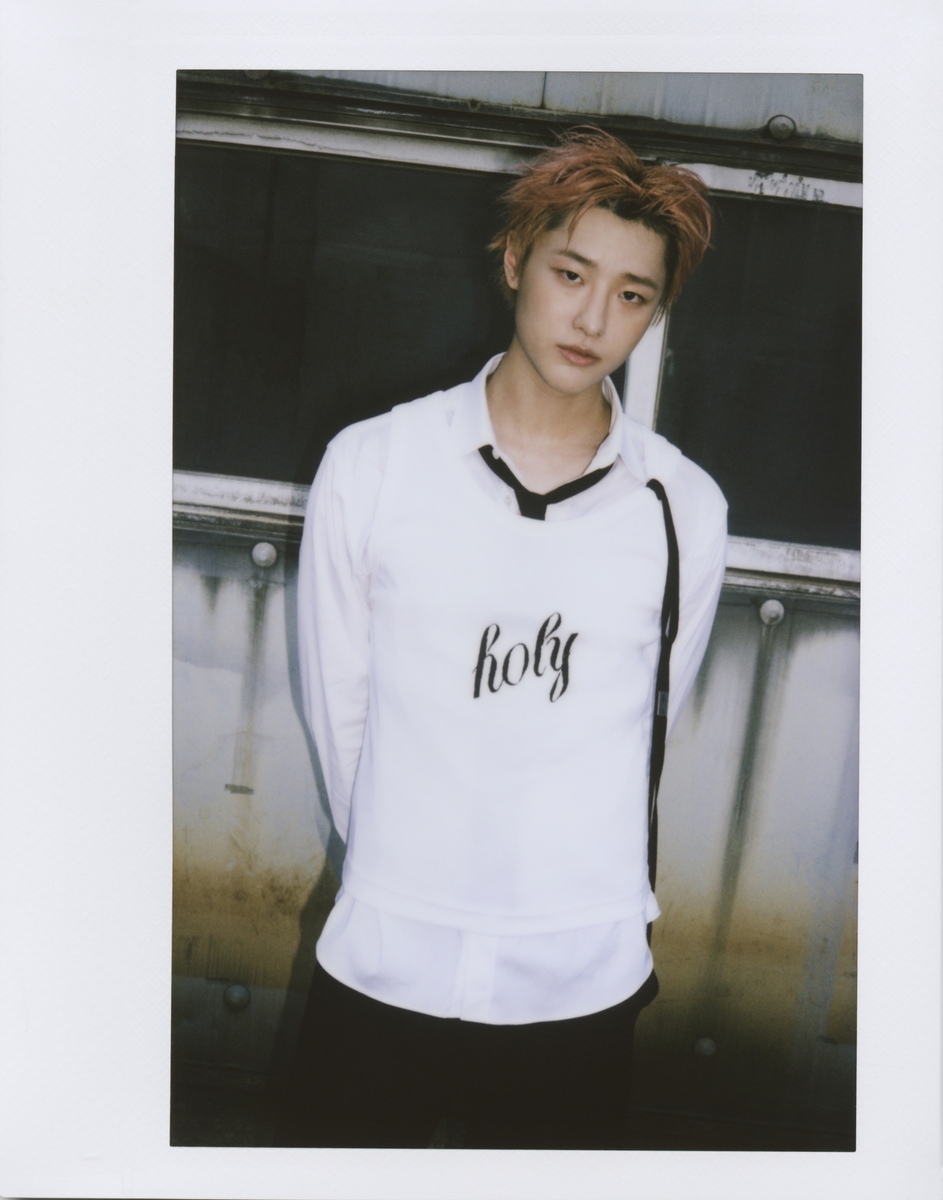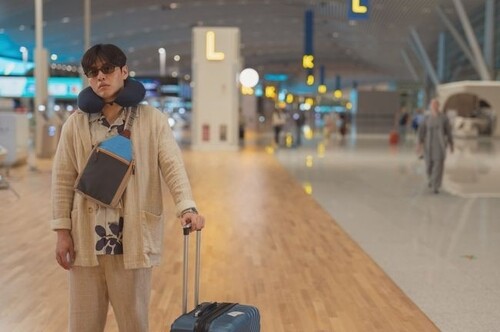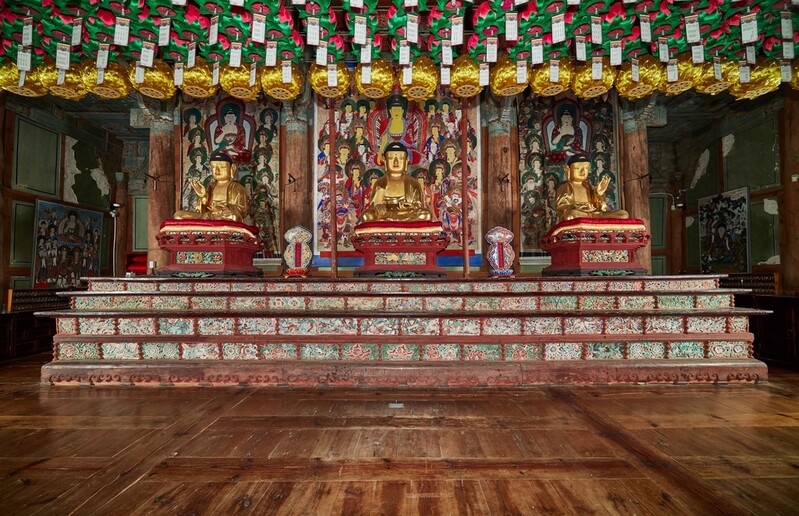 |
| ▲ This photo, provided by the Cultural Heritage Administration, shows the Buddhist altar at Unheungsa Temple in Goseong. (PHOTO NOT FOR SALE) (Yonhap) |
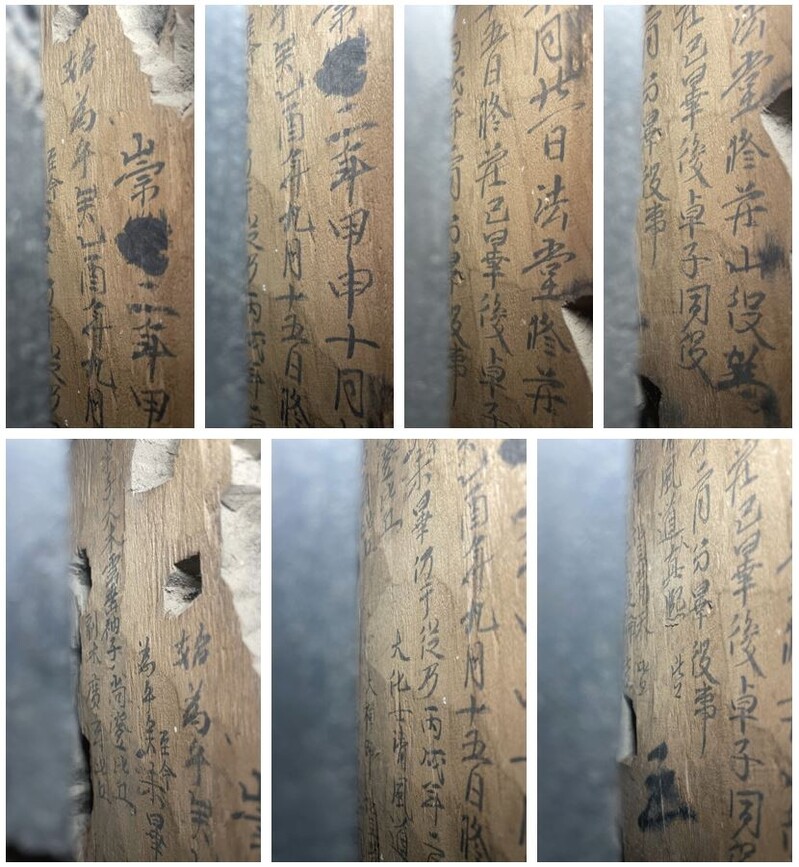 |
| ▲ This photo, provided by the Cultural Heritage Administration, shows the ink letters on the inside of the Buddhist altar in Daeungjeon of Todongsa temple. (PHOTO NOT FOR SALE) (Yonhap) |
 |
| ▲ This photo, provided by the Cultural Heritage Administration, shows the "Korean Temple Cultural Heritage-2021 National Temple Buddhist Altars research" report. (PHOTO NOT FOR SALE) (Yonhap) |
SEOUL, Apr. 18 (Yonhap) -- An investigation of the Buddhist altar, built to enshrine the Buddha, revealed that the reconstruction period of the central dharma hall, or Daeungjeon, of Unheungsa Temple in Goseong, South Gyeongsang province was around 1683, about 50 years ahead of 1731, which was originally known to have been the year of the reconstruction.
The Cultural Heritage Administration reported on the 18th that the report, "Korean Temple Cultural Heritage - 2021 National Temple Buddhist Altars Research," states, "Daeungjeon of Unheungsa Temple was recorded to be reconstructed in 1731 when it was designated as Gyeongnam-do Tangible Cultural Heritage. However, it has been revealed that it was reconstructed in 1683 by the latest as per the words written in ink on the Buddhist altar."
Inside the Buddhist altar in Daeungjeon of Unheungsa, the words "The Year of the Twenty-two Years of Kangxi" were confirmed to be written. "Kangxi" is the name of the era for when Kangxi Emperor of the Qing Dynasty of China ruled, and the 22nd year of Kangxi becomes 1683.
The size of the Buddhist altar is 142.2cm in height and 950.5cm in width. Centering the Gautama Buddha, there is the Bhaisajyaguru on the left and Amitabha Buddha on the right.
Designated as the National Treasure, the Buddhist altar at Daeungjeon of Todongsa Temple in Yangsan, South Gyeongsang province has been investigated as having a unique structure and shape that does not enshrine the statue of Buddha. The Buddha statues were not placed on the Buddhist altar as behind Daeungjeon, there was a Ordination Platform for Gautama Buddha's sarira.
On the back of the Buddhist altar board, an inscription written in ink was found stating that Daeungjeon was reconstructed at 1644 while the Buddhist altar was constructed with Monk Woo-woon, Jin-hee in charge. The names of those who made the Buddhist altar including Sang-jing and Gwang-Hyeon were also recorded.
(This article is translated from Korean to English by Haemin Kim.)
(END)
(C) Yonhap News Agency. All Rights Reserved











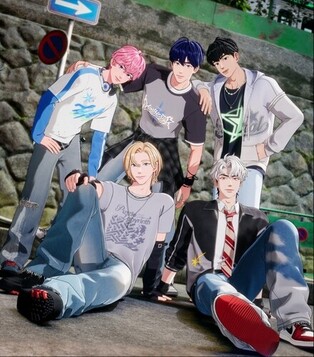
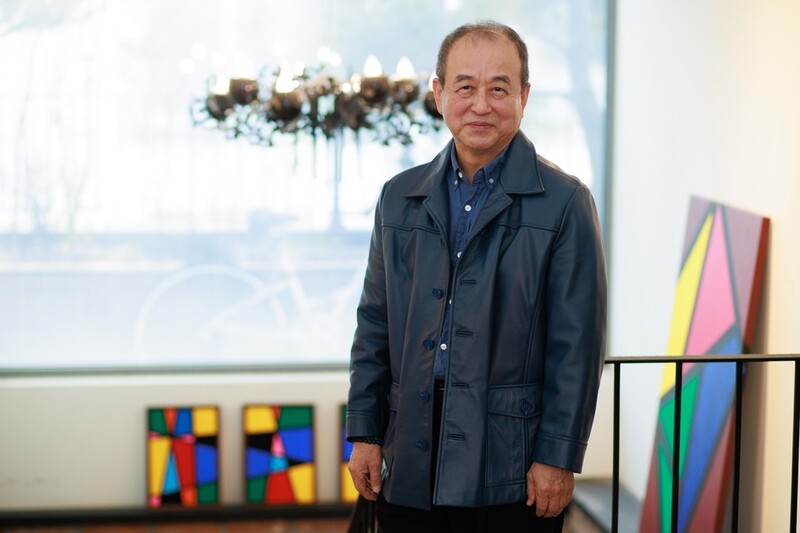
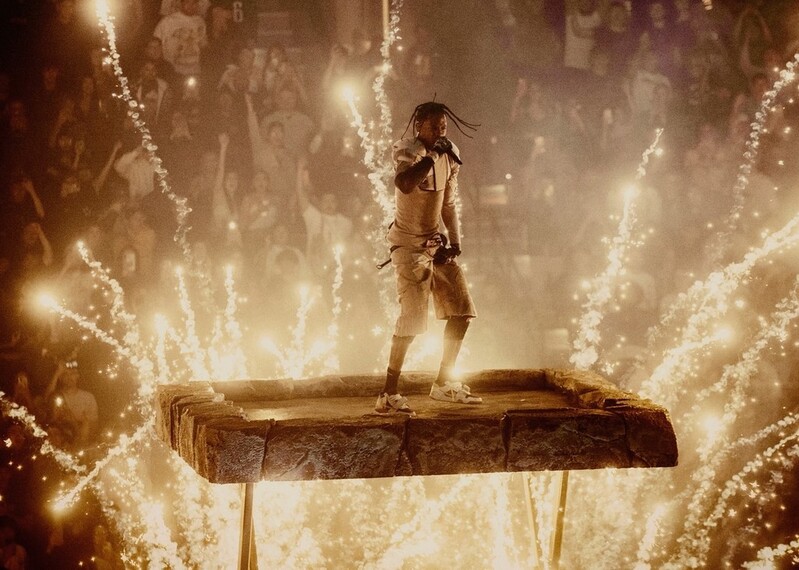
![[가요소식] 보이넥스트도어, 신보로 3연속 밀리언셀러 달성](https://korean-vibe.com/news/data/20251025/yna1065624915905018_166_thum.jpg)
